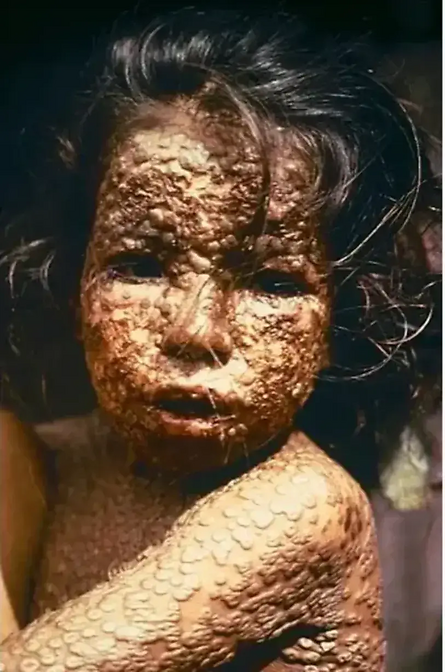Alas – It was way too cheap!
What isn’t generally known, is that the death rate from smallpox in the British Isles had been falling for several decades before smallpox vaccines became available.
In the Middle East, someone long ago had figured out that if you found a child with a mild case of smallpox, collected the pus oozing from one smallpox pox, and rubbed a tiny amount of it on the arm of a child without immunity, that child would either show no symptoms, or develop a very mild case of smallpox. In either case, the child wouldn’t die, or be disfigured, and they would have a life-long immunity to smallpox. Lady Mary Wortly Montagu observed this practice in Constantinople in 1717 and brought the knowledge to London.
They called called it ‘variolation.’ (Variola was the Latin name for smallpox.) It was not without risks, primarily because back then they did not have any way to precisely measure the smallpox dose given.
If a child got too small a dose, they wouldn’t develop immunity: they could still catch smallpox at a later date, and die.
If a child got too big a dose, they would get sick with smallpox, usually a mild case. The main risk here was that every time a variolation failed and a child got sick, the people around that child could become infected, perhaps fatally.
There was even a famous variolator: Johnnie Notions was a self-taught physician who did about 3,000 variolations in the Shetland Islands and reputedly never lost a patient.


